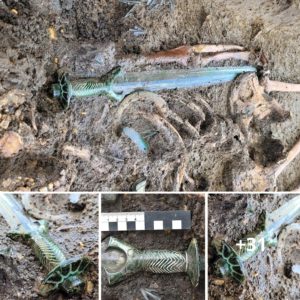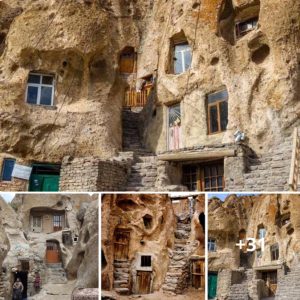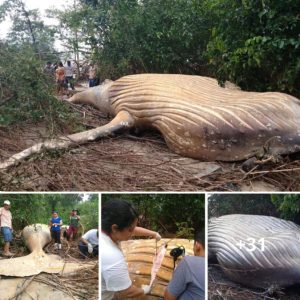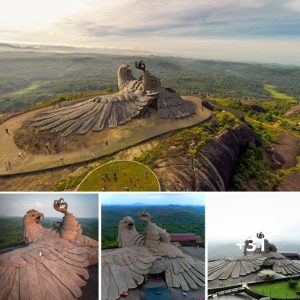
Imagine standing at the edge of Tybee Island looking out into the expanse of the ocean, but instead of seemingly endless water there is another 60 miles of grasslands sprawling out ahead.
Paleontologists from Georgia College and State University are uncovering what Georgia’s coastal environment looked like 58,000 years ago by studying the remains of ancient bison that once lived on these grasslands.
Down in the Brunswick area, GSCU paleontology professor Al Mead and his team are unearthing all sorts of fossils, from little rodents to bison. The ancient bison are about 25% bigger than their modern descendants and they also have giant horns, extending up to 7 feet long.

“The larger picture for me is, what was the environment like in the past?” Mead said. “We can have an idea of changes that Georgia has gone through, changes that the Earth has gone through, and it gives us a little power of prediction as we see climate change right now.”
Knowing what happened so long ago doesn’t enable researchers to accurately predict exactly what the future holds. But Mead said this information sets a framework for the possibilities.
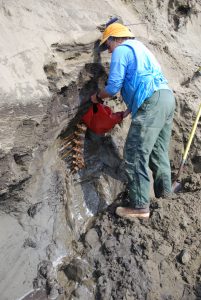
Bones tell researchers a substantial amount of information about the natural past. The types of animals found by researchers explain the variety of plants, water resources and what temperatures were present at the time. Mead said the presence of bison, plains animals, tell that Georgia coast once was a grassland.
“We’re looking at a period of time where temperatures were probably a little bit cooler, much drier across that area,” Mead said. “It’d be completely foreign to anybody today to see that.”

The Georgia coast of 58,000 years ago would be more similar to modern east Texas, where the piney woods give way to the Great Plains. The time period coincides with a major ice age, when water was locked up in the North, causing sea-levels to recede worldwide, exposing extra miles of flat plains on the coast.
Other animals beside the bison also reveal ancient pasts.
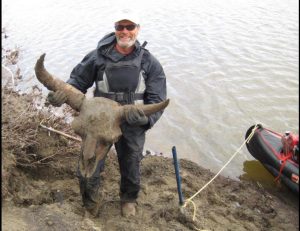
Mead said they are looking at alligator teeth, which through analysis tell how salty or fresh the water the animal lived in was.
Mead’s graduate student, Todd Bennett, is studying much smaller mammal bones and the digestion processes of their predators to learn why small mammals were accumulating in specific areas.
This paleontological dig site was found two decades ago by twin brothers Joshua and Kelly Clark, when they found a large bone sticking out of the mud. Mead later identified it as a prehistoric bison’s jawbone.

In the years since then, Mead and his students, and a growing number of researchers from several universities, have used the site to learn about the past, kicking off a continued legacy of environmental research through paleontology.
One of Mead’s former students, David Patterson, became a professor at the University of North Georgia and works alongside Mead publishing research about the discoveries in Brunswick. In a turn of luck, Bennett came to Mead after his undergraduate studies with Patterson.
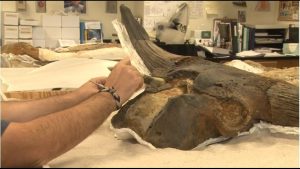
“Plenty of excavation still needs to be done,” Mead said. “We’re just scratching the surface of potentially which organisms were there and so the more that we can collect, the better our pictures is.”


